Sommelier Liquidity AMA with Michael Egorov from Curve
Curve is the #1 non-custodial exchange today. Its main goal is to let users and other decentralised protocols exchange stablecoins (DAI to USDC for example) through it with low fees and low slippage. Michael Egorov talks to us about how Curve sees the process of liquidity moving forward for 2021 and beyond in a Uniswap v3 world of concentrated liquidity and multichains.

The Sommelier Liquidity Telegram Welcomes Michael Egorov, Founder and CEO of Curve Finance
On DeFi Pulse, Curve Finance has been occupying the #1 or #2 slot in the dexes space. Michael Egorov is the founder and CEO of Curve Finance, an automatic market maker (AMM) protocol designed originally for swapping between stablecoins with low fees and slippage. But that may change in a little bit, he explains: “There are some algorithms in the pipeline ready to launch to support volatile pairs.”
Before founding Curve, Michael, who was educated as a physicist, also co-founded NuCypher, an encryption company. He joined the conversation with Sommelier’s co-founder, Zaki Manian, who worked on the Cosmos chain, is co-founder of Sommelier, and is really excited about AMMs and liquidity management now.
The Curve Finance story
In 2019, Michael realized there was a problem with stablecoin swaps based on his own experience. He explains:
“I was an active user of MicroDAO and had to always change between the USDC, which is easy to withdraw to bank accounts in the United States, and DAI, which was pretty much the currency of MicroDAO. I realized they were all stablecoins but some were trading blocked a little bit. I figured that there was a way to make a very, very efficient exchange swap with stablecoins, and that’s what I created with Curve. It was something like between 100 to 1000 times better than Uniswap at that time and that allowed us to grow very quickly and overcome liquidity for stablecoin pairs not only on blockchain but also for centralized exchanges.”
Curve simply focuses liquidity to be more dense mostly where it’s required.
“There is a formula that makes it go smoothly, but that’s pretty much it,” Michael says. “We’re doing that for all sorts of stablecoins, including bitcoins and nominated stablecoins. We’ve launched Curve DAO to decentralize the operation of all that. With Curve DAO it’s actually pretty interesting because we’ve made it so that half of the earned fees get distributed to the DAO and in exchange the system prints a CRV for liquidity providers, so those who lock CRVs in a token of Curve they earn FNTs and a those who provide liquidity earn tokens, which they can lock to earn FNTs if they want to.
That’s proven effective because this made the system pretty economically stable. I think it creates some sort of model to basically remain the most effective system just because of its connection with the CRV economics. That combination of very efficient algorithms and the CRV rewards tokens (tokenomics) is what propelled Curve to where it is today.”
How Curve works
Curve’s code is readable, but for greater security it’s not open source. There are three core things that have propelled Curve’s success: An efficient algorithm, the CRV token as reward, and the Curve DAO. Creation of the pool is not necessarily super complicated, unless the coin in the pool is something special which requires custom work. Michael explains:
“In principle, they can either ask us to deploy or they could serve themselves via factory pools. Connecting the pool to Curve DAO Token (CRV) requires the DAO to agree on that because if the pool is connected to the DAO it will be able to receive CRV and keep adding these to the DAO. Basically, a proposal is created to include that pool.
“After the pool is included in the DAO, it’s also pretty interesting how the amount of CRV which pool is getting is determined. And that doesn’t make any assumptions about what sort of coin is in the pool, what price is has, it just shows the participants of the DAO, they basically give preferences to which pools should be getting CRV allocations and these preferences are summed up and depending on the amount that each pool is having, it has a proportional amount of CRV into it. And governance participants can change their preferences once a week if they want to, if they don’t it stays equal to their previous choice. They can pretty much increase the number of tokens given to some pool and all other governance participants cannot do anything about that.
“So let’s say if you obtained 1% of voting power by locking CRV, you pretty much can control 1% of CRV inflation. And you can point to where that’s pretty powerful. If you think that TVL and Curve is $7 billion, you can propel some pool to the TVL being 1% of $7 billion, which is $17 million. If people see APY in a pool is good, they jump in and the pool grows bigger, but it’s only worthwhile until the pool gets too big. The APY drops because it is distributed to all people who are 18. Eventually, that means that participants can control sizes of the pool and their strength is in the percent of voting power they have.”
What’s next for Curve?
Michael is optimistic and, at the same time, realistic about the work ahead. He says:
“It’s absolutely necessary to go to volatile pairs. That’s a nontrivial problem. The problem is kind of similar to market making even on centralized exchanges. And, now you want to make a market making algorithm, which is not only profitable but also profitable when everyone knows it and everybody could try to out trade the market maker. Even in that scenario if it holds up that’s good.”
The normal Uniswap v2 algorithm, constant product, was the first algorithm that worked like that. Michael observes: “It’s not necessarily super efficient, but it’s very simple and very good. We tried to figure something more complex to be more efficient and still to have it fairly good. We’ll see how it works out. It’s not launched yet but it’s extremely close.”
Zaki notes: “We’ve been working a lot on Uniswap v3 and one of the things that Curve beat to the market, constant product, is tragically inefficient on stablecoin pairs. And the design of Uniswap v3, because it has this concentrated liquidity mechanism that essentially makes the liquidity market responsive or adaptive, you now have this liquidity model in which liquidity can be concentrated around stablecoin pairs And you are starting to see significant stablecoin volumes on Uniswap v3.”
He observes that Sommelier is primarily focused on building tooling for the longtail of more volatile pairs and adds: “It’s been interesting to see how stablecoins have now emerged on Uniswap, when stablecoins were not really a part of Uniswap v2.”
The competition: Curves alternatives?
Michael reflects on other dexes, like Uniswap, now heading into stablecoins with concentrated liquidity, and says:
“I think the stablecoin market is pretty saturated so I would consider Uniswap v3 as competition here. Uniswap, for some reason that’s not clear to me, doesn’t want to distribute who they are talking to as liquidity providers and that I think is a disadvantage for liquidity providers. It’s also not necessarily super easy for liquidity provision, but for stablecoins I think that’s manageable.
“Integrations are a valuable part because they are early. Will they hold? They are contributing to the stickiness. But if projects integrate one project they can integrate another project as well. It’s not a huge competitive model.”
There are many cool integrations. There are two different sorts:
- People deposit their coins and make profits on depositing them on different platforms.
- Another sort of integration is via exchange aggregators, like Paraswap. The assumption is that eventually the markets will make more efficient algorithms prosper.
Concentrated liquidity on a nonstable?
Zaki thinks this is a great example of what could happen in the current immature state of concentrated liquidity. He says:
“I think a lot of the market is guessing where to put their liquidity, and when volatility drives the spot price into a round where there’s no liquidity suddenly your swaps on Uniswap v3 become inefficient. We go into a high-slippage routine. The discontinuities in liquidity can happen in Uniswap v3 and it’s the open question about the success of the model that they’ve built of whether or not the tooling will emerge to assist in the liquidity provider space.”
Michael observes: “In Uniswap v3 you are allowed to put liquidity in any range, and people put it at different ranges. You have some liquidity distribution, but it is tied to prices -- so the price changes, the allocated distribution stays where it is. What happened today, the market crashed, UNI price went down, and the price became not where most people put liquidity. That’s not surprising.
“What some people may find surprising - Imagine that you are trying to provide liquidity in such a market. So you put liquidity at some price range and the price goes down. So let’s say you provid liquidy for shitcoin and shitcall falls down, the price goes down. If you provide liquidity range somewhere up there and the price falls lower than that you are left with a bag of shitcoin and you fall together with shitcoin, well that’s ok, maybe you’re holding shitcoin.
“Instead, imagine if you have more liquidity to the current price. Say liquidity in shitcoin is provided closer to the current price. So far, so good. Now imagine that shitcoin moves. When it moves you are out of range again. If shitcoin moves you are left with UDC. You’re always left with a losing coin when you are out of range and that’s a problem, I think. It’s a manageable problem, but it’s hard to manage it manually.
“Curve has found an interesting way to evaluate the profit you’ve got. Apparently, if the price is up and you want to move this liquidity bump toward the current price you lose money and you have negative profit at that point. Well, you have something that makes a positive profit and something that makes a negative profit and you can maximize there. You have positive profit minus negative profit and that’s what we’re doing.”
L2s Ahead
With Arbitrum starting on May 28, Michael also discussed Curve’s position on L2s as quite a competition between L2s emerges. “Our position is that we’ll probably want to launch on all available L2s and whichever wins will be the winner, but we probably shouldn’t depend on that,” says Michael.
Zaki observes: “My opinion is that Uniswap is essential to an L2, AMMs are essential to the success of L2s, AMM designs are going to spring up on L2. There’s a natural flow there. We are moving into a multichain, charted blockchain world. And that means that AMM liquidity is going to become somewhat dispersed. And I think it’ll be interesting to see what pairs end up trading in each. I suspect there will be some kind of specialization.”
Curve will be on Arbitrum, Michael notes:
“Lack of tools complicates this a little bit, and if a chain becomes unstable that’s not cool, also. But otherwise, it will be pretty much like Ethereum. We’re using Polygon a little bit like a testnet where you can play with real money rather than imaginary money. L2s are better testnets for testing and prodding. On Ethereum harder to test, transactions confirm in less time. Let’s say you want to see 1,000 transactions, on L2s you can do that but on Ethereum it’s too expensive to do that just for testing.”
Final thoughts on stable coin pairs in new L2 worlds or going forward within context of Curve:
Zaki: “One of the most exciting things is that the Curve DAO is starting to extend itself across multiple chains as well. Emergence of multichain DAOs is one of the exciting changes we’ll see as we move forward. I’m excited to see DAOs that extend across L2s, I think it’s going to be an important phenomenon in the blockchain space.”
Will we see Curve with EVM support on Cosmos? “Why not?” says Michael. “We actually tested something that could connect different EVM-compatible blockchains together so that they are all connected to the DAO. So DAO is spreading to multiple chains although the DAO itself lives on its own it can benefit from deployments on different chains. That’s something we need and it looks like it’s going to be released soon, so why not on Cosmos.”
More articles

Is Speculation Killing Crypto’s Future?

Sommelier's Path Forward: Embracing Revenue Over Narrative

Sommelier January Update

Sommelier Upgrades Cellar Architecture to Enable the Most Powerful DeFi Strategies in the Market

Real Yield USD is Coming to Maximize Stablecoin Yield

Retrospective on 2022 and the Journey Ahead

FAQ - Patache Digital’s Steady Strategies

Patache Digital: Risk Management Discussion

Strategy Deep Dive: Patache Digital

Strategy Provider Spotlight: Patache Digital

User Guide: How to Participate in Strategies on Sommelier

Sommelier Ambassador Program

Strategy Tokens: What Are They and How Do They Work?

6 Core Principles of Sommelier

10/10/22 - Deep Dive on Cleargate Backtesting

Strategy Provider Spotlight: Seven Seas

Deep Dive on Trend and Momentum Strategies

Strategy Provider Spotlight: ClearGate

Supporting Strategy Providers on Sommelier

Sommelier Protocol Team Weekly Update #11

ELI-5 Explanation of the Data Science behind Sommelier’s First Aave Cellar

Sommelier Protocol Team Weekly Update #10
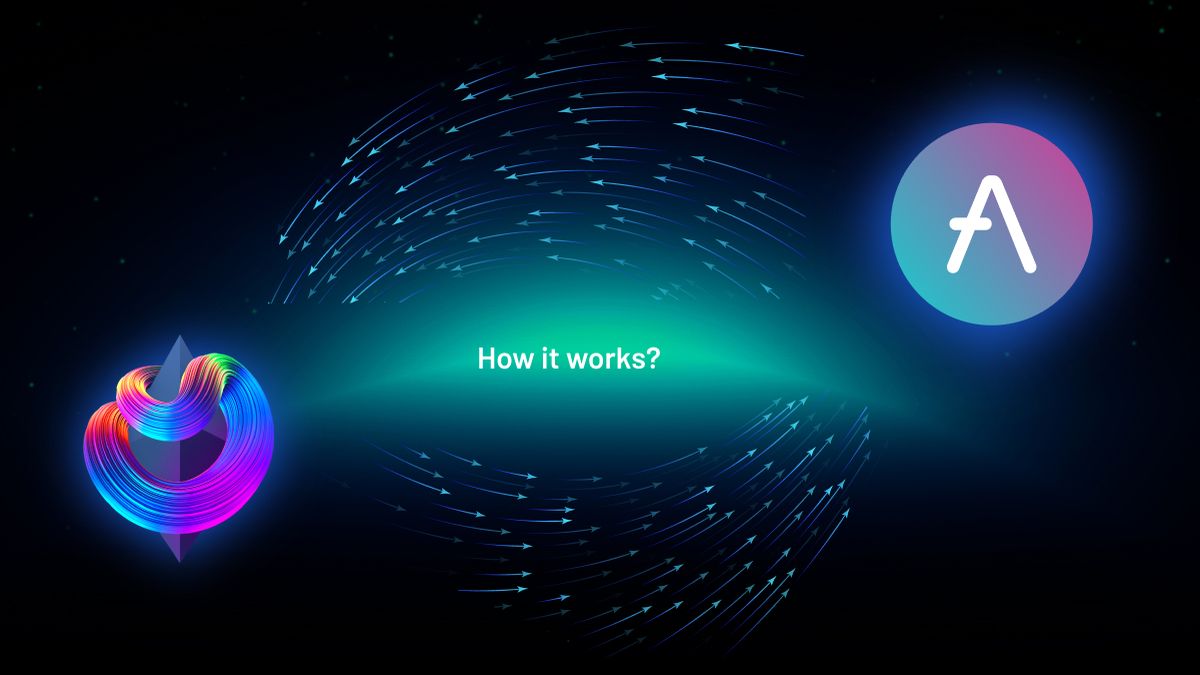
The Data Science Behind Sommelier’s First Aave Cellar

Sommelier Protocol Design Documents

Sommelier Protocol Team Weekly Update #9

Sommelier Protocol Team Weekly Update #8

Sommelier Protocol Team Weekly Update #7

Twitter Spaces With Sommelier: How to Launch a Cellar on Sommelier

Twitter Spaces With Sommelier: Protocol Upgrade and Community Update

Sommelier Protocol Team Weekly Update #4

Sommelier Protocol Team Weekly Update #6

Twitter Spaces With Sommelier: SOMM Airdrop Proposal Data Analysis

Twitter Spaces With Sommelier: Community Update on the First Cellars to Launch

Twitter Spaces With Sommelier: Exploring NFT Cellars

Sommelier Protocol Team Weekly Update #1

Sommelier Protocol Team Weekly Update #2

Sommelier Protocol Team Weekly Update #3

Three Things You Need to Know About Sommelier Governance This Week

Sommelier On the Road: PROOF OF…REPUTATION

Introducing Ukpai Ugochi - Working on The Sommelier Cellars Rebalancer

Sommelier Announces 23MM Series A Mainnet Round to launch Automated DeFi via the Cosmos

Twitter Spaces With Sommelier: Mainnet Launch & Gravity Bridge

Twitter Spaces With Sommelier: Introducing SOMM Tokenomics

Twitter Spaces With Sommelier: Mysten Labs AMA With Evan Cheng

Introducing SIPS and Sommelier’s Governance Structure

Twitter Spaces With Sommelier: End of Year AMA 2021

Twitter Spaces With Sommelier: Intro to SIPS & Lisbon Blockchain Week
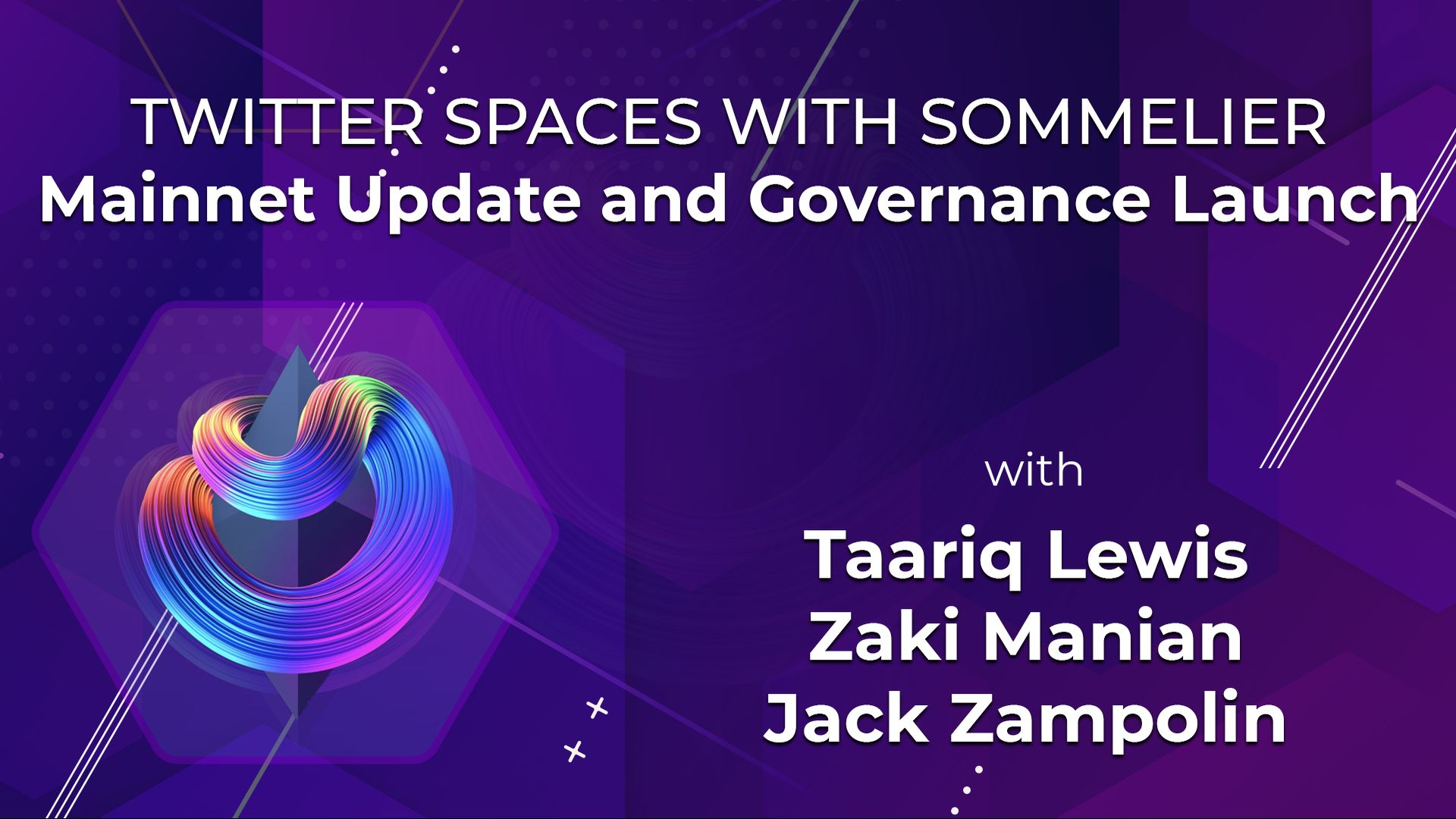
Twitter Spaces With the Sommeliers: Mainnet Update and Governance Launch

Sommelier Partners With Mysten Labs to Make Sommelier and All Cosmos Blockchains the Fastest Protocols on the Planet

Twitter Spaces With the Sommeliers: Sushi AMA With Joseph Delong

Introducing the Sommelier Network Mainnet and Ethereum Gravity Bridge

The Top Five Features of the Sommelier Protocol

Call for Validators: The Two Step Process for 2021

Two New Features Launched to Test Liquidity Management on Uniswap v3

Uniswap v3 Remove Smart Contract Incident Post Mortem for Sommelier

Call for Validators: Road to Sommelier Mainnet

Sommelier Liquidity AMA With Yenwen and Nick From Perpetual Protocol

Sommelier Liquidity AMA With Tascha Pan From Alpha Finance

Sommelier Liquidity AMA With Loi Luu From Kyber Network

Sommelier Liquidity AMA With Alex From Peanut

Sommelier Liquidity AMA With JP From THORChain

Sommelier Liquidity AMA With Alan Chiu From OMGX Network

Sommelier Liquidity AMA With Ari From Gelato Network

Sommelier Liquidity AMA With Sunny Aggarwal From Osmosis

A Fine Sommelier Explanation of Bollinger Bands With Kevin Kennis

Sommelier Liquidity AMA With Mona El Isa From Enzyme

Sommelier Liquidity AMA With Haxor From Method Finance

Sommelier Liquidity AMA With Tor From Secret Network

Liquidity Provider Insights With Zaki Manian - Ep. 7 - DeFi Automation Space on Uniswap v3 and Where Sommelier’s Heading

Sommelier Liquidity AMA With Geralt From CyberFi

A Pairings Tutorial of Two Sided Liquidity Addition with Sommelier

Liquidity Provider Insights with Zaki Manian - Ep. 6 - Liquidity Providers Need to Gear Up for a Multi-Chain World

Three New Summer Features for Liquidity Providers

Sommelier Liquidity AMA with Tom C and Max W from Charm

Sommelier Liquidity AMA with Dereek69 & Shalaquiana from BIOPset

Sommelier This Week - June 3rd 2021: The Road to Mainnet

Sommelier Liquidity AMA with Federico Landini from DefiLab

Sommelier Liquidity AMA with Michael Egorov from Curve

Liquidity Provider Insights with Zaki Manian - Ep. 5 - A Bright Light at the End of a Long, Tough Weekend for Bitcoin

Sommelier This Week - May 27th 2021: What Aspiring Sommelier Validators Need to Know on Last Week’s Protocol and App Progress

Liquidity Provider Insights with Zaki Manian (Special Edition) - Ep. 4 - New Pairings Release

Sommelier R&D AMA With Yaniv Tal From the Graph
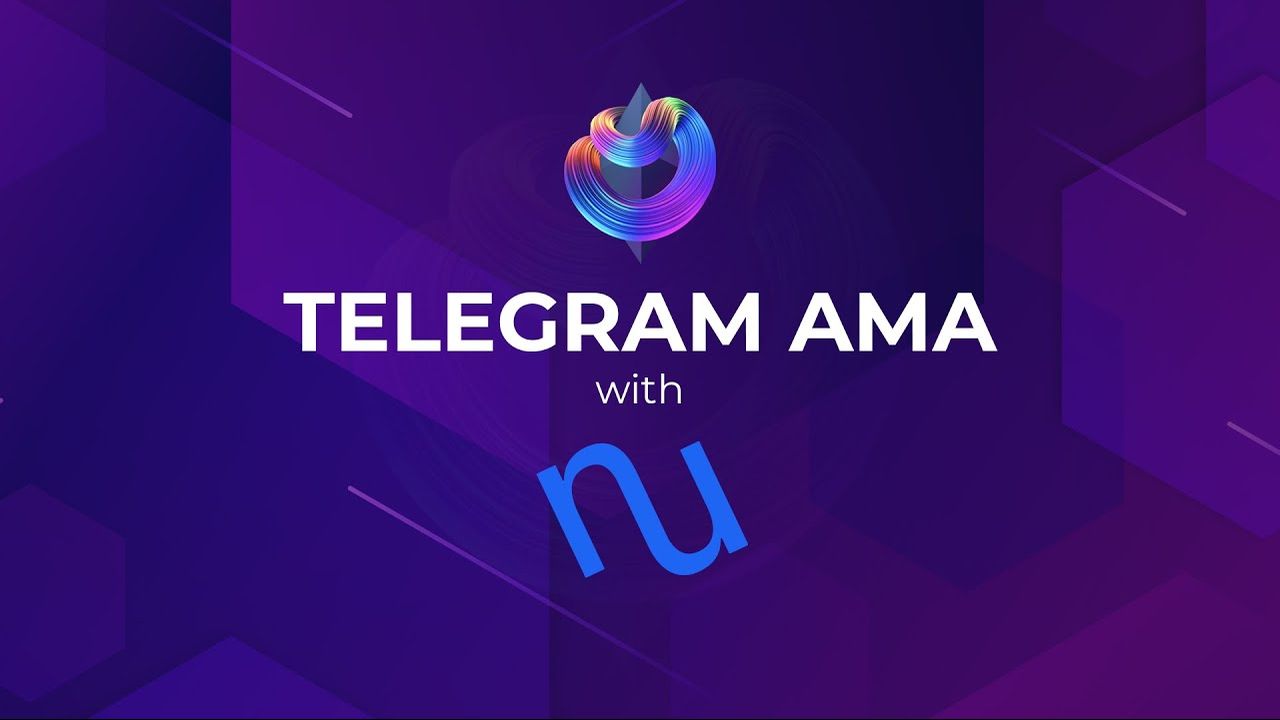
Sommelier Liquidity AMA with MacLane Wilkison from NuCypher

The Eight Steps to Become a Liquidity Provider with Pairings

Sommelier NFT Awards - May 18th, 2021
Pairings By Sommelier: The FAQ

Zaki Manian Breaks Down What Liquidity Providers Need to Know Under Uniswap v3

Sommelier This Week - May 6th 2021: How This Week’s Protocol and App Progress Weaves Together to Make a Product

Sommelier Liquidity AMA with Dan Thomson from InsurAce

Sommelier This Week - April 29th 2021: Weeks Away From a Taste of the Sommelier App Experience and How the Dev Team Stays on Track

Zaki Manian Breaks Down a Phase Change Liquidity Providers Need to Know About Automated Market Makers

Introducing Jehan Tremback: Sommelier Core Developer and Althea Co-Founder that pushes the Limits of the Blockchain Bridge with Gravity

Sommelier This Week - April 22nd 2021: An Inside Look at Progress on Coordinating Sommelier Components That Contribute to the Chain

Sommelier This Week - April 15th 2021: Providing a Best-in-Class Experience for Uniswap Liquidity Providers

Sommelier Announces $1M R&D Grant from The Graph Foundation

Introducing LP Rewards: This Week With Cellframe
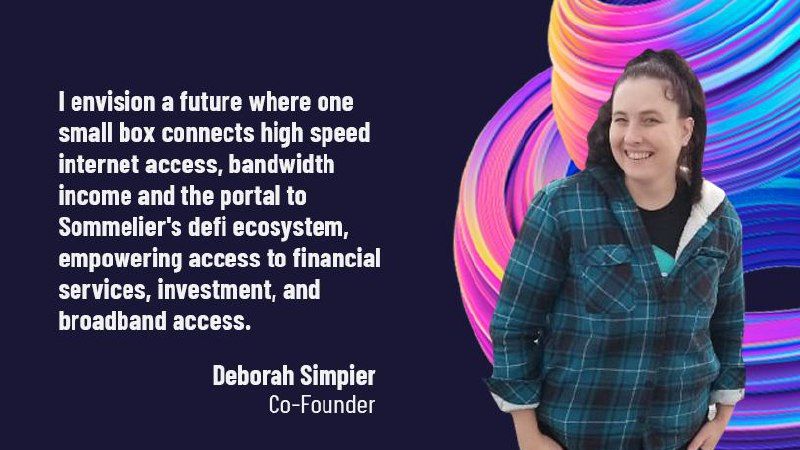
Introducing Deborah Simpier: Althea CEO and Sommelier Co-Founder Who Brought the Gravity Bridge to Life in The Cosmos

Sommelier This Week - April 8th 2021: What Uniswap v3 Means For Sommelier Architecture and Validators

Introducing Sommelier LP Rewards Program

Sommelier This Week - April 1st 2021: Gravity Bridge and Private Testnets

Blockchain startup decides to acquire a California winery and host NFT wine parties

Introducing Justin Kilpatrick: The Blockchain Bridge Wizard Who Maintains Gravity

Five Ways UniswapV3 changes the world for Liquidity Providers on the AMM
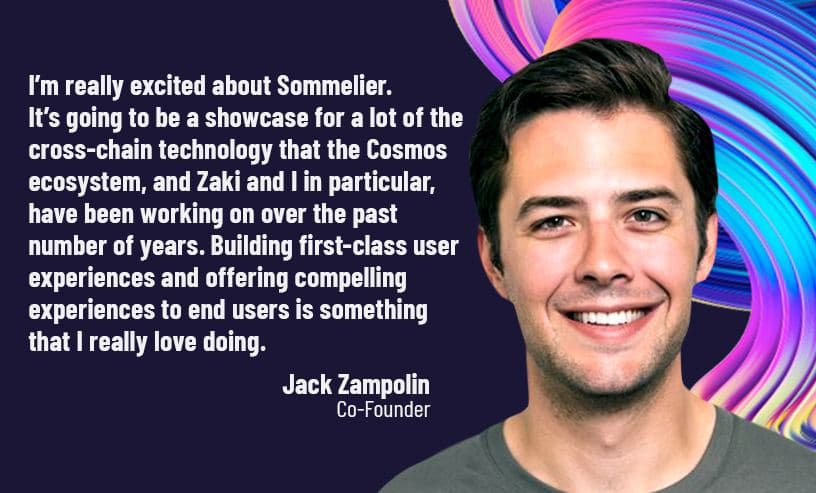
Introducing Jack Zampolin: On Becoming A Sommelier in The Cosmos

Sommelier: Welcome To The New CoProcessor For Ethereum
© 2025 Somm by Bajanss OÜ –Maakri 36-50, Tallinn, Estonia 10145